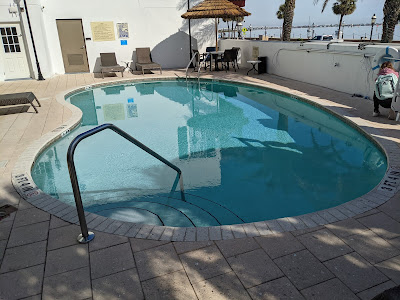For more information about the history of this site, please visit: https://stphotios.org/
-Artifacts-
Artifact #1
Artifact #2
-Exterior Photos-
Exterior Photo #1
Exterior Photo #2
-Images in Conversation with the Site-
Image in Conversation #1
Image in Conversation #2
This is a photo of Saint Photios. I selected this image because this is the saint for which the shrine is named after and so I thought it was important for people to be able to see the saint for which the shrine owes its name too.
- The English 202 Connection-
One thing about this shrine that I find interesting is the fact that it is quite hidden away from the main street. In fact, I have accidentally walked past it a few times because it is so hidden. The reason that I bring this aspect about the shrine up is that I think it connects to a book that my English class is reading called The Surrounded by D'Arcy McNickle. The connection that can be made between these two is between the shrine itself and the Indian reservation in the book. The connection that can be drawn between these two places is the fact that both are little enclaves that preserve certain elements of cultures. For example, the shrine is rather secluded yet it is this seclusion that preserves elements of the Greek Orthodox culture. Meanwhile on the Indian Reservation in The Surrounded Native American culture can be more or less preserved since it is almost hidden from the rest of society and there is a certain level of autonomy associated with the reserve. This is not to say that Indian's being forced onto the reservations by force is the same as erecting a shrine voluntarily. But I believe that a connection can be drawn nonetheless.
-Creative Component-
For my creative component, I edited a photo that I took while I was visiting the shrine. I edited this photo to bring out the very beautiful vibrant colors and blues that I really loved about this area. To do this I increased the contrast, exposure, and saturation. These edits, in turn, made the image more vibrant and made the image emphasize my favorite aspects of this area of the shrine.






























